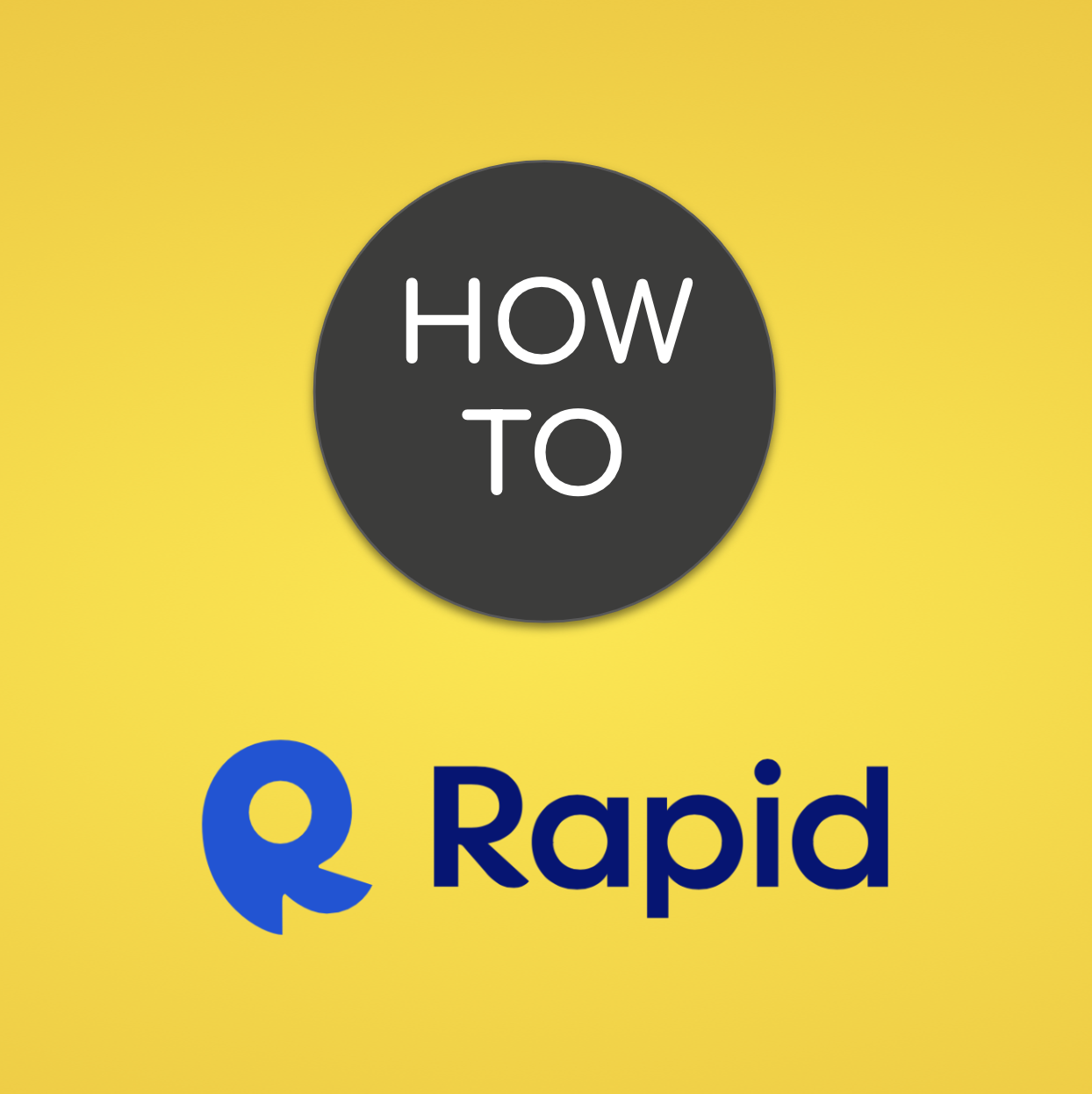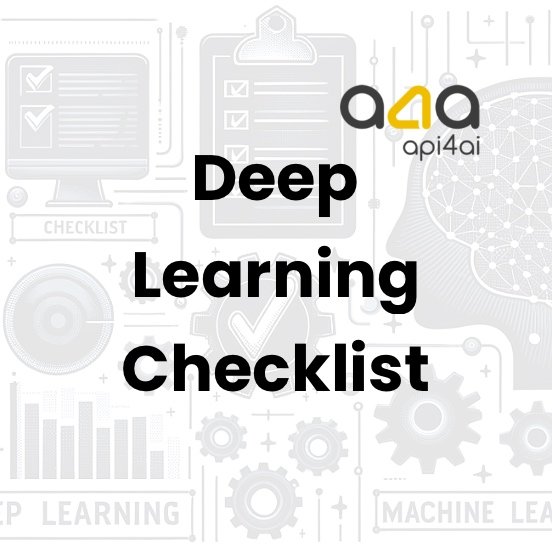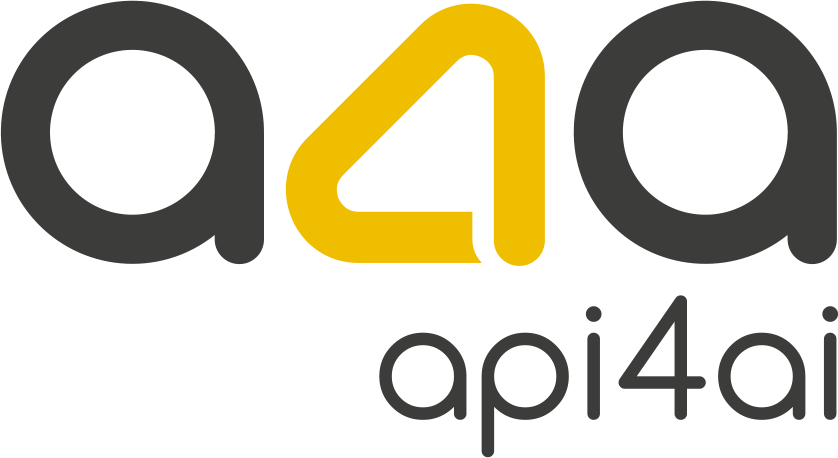
Rapid API Hub: The Step-by-Step Guide to Subscribing and Starting with an API
Embark on your journey to mastering API integration with our comprehensive guide to using Rapid API Hub. This blog post walks you through every step needed to subscribe and start using an API, from setting up your account to making your first API call. Whether you are a novice eager to explore the capabilities of APIs or an experienced developer looking to streamline your projects, this guide provides practical tips, essential best practices, and easy-to-follow instructions to enhance your development workflow with Rapid API Hub's vast resources.

Low-Code Automation for Image Workflows with Pipedream | The Step-by-Step Guide
Pipedream is a dynamic integration and automation platform designed for developers who want to link different web applications without deep diving into complex coding. This guide will walk you through automating complex workflows, such as document handling, online file storage manipulation, and advanced image analysis using artificial intelligence—all through Pipedream.

Background Removal: Understanding It and Choosing the Best Solution
Navigating the complex world of background removal can be daunting, especially with the myriad of tools available at our fingertips. Here we delve into the essentials of background removal technology, its significance across various industries, and how it transforms digital imagery. Whether you're a professional photographer, a professional developer, or someone just starting to explore the realm of digital editing, this comprehensive guide compares popular background removal solutions, helping you find the perfect tool for your projects. Discover the key factors to consider, from precision and ease of use to cost and scalability, and learn how to choose the solution that best fits your creative workflow.

Best Practice: Deep Learning Checklist
This Deep Learning Checklist covers a wide array of critical topics, from the foundational steps of organizing code repositories and managing datasets to the nuanced tasks of model evaluation and augmentation. It serves as a structured roadmap, ensuring that all essential aspects of a deep learning project are addressed, thereby maximizing the chances of its success. By adhering to this checklist, developers can avoid common pitfalls, streamline their workflows, and achieve better results in a shorter timeframe.

POST a File via HTTP Request | The Ultimate Guide
This blog post aims to provide a comprehensive guide on how to POST a file via an HTTP request across a range of popular programming languages and frameworks. We'll cover practical implementations using:
Command line using bash/curl or PowerShell/curl.exe
Python with the Requests or AIOHTTP libraries
C# using RestSharp
JavaScript with Axios, Fetch, or jQuery
PHP using curl
Swift with URLSession

AIOHTTP vs Requests: Comparing Python HTTP Libraries
Through this comparison, we aim to provide an understanding of AIOHTTP and Requests, guiding Python developers in choosing the most suitable library for their specific needs and project requirements. Whether you're building a high-performance web server, a simple data fetching script, or anything in between, knowing the capabilities and limitations of these libraries is a key step in your development journey.

Best Practice: Implementing Retry Logic in HTTP API Clients
In this blog post, we will dive deep into the best practices for implementing retry logic in HTTP API clients. We’ll explore the nuances of designing an effective retry strategy, the technical considerations for implementation, and the common pitfalls to avoid. Whether you are a seasoned developer or just starting, this guide will provide you with the knowledge and tools to enhance the reliability of your HTTP communications, making your applications more resilient in the face of the unpredictable nature of network communication.

Thinking About Content Moderation: The Problem of Interpretation
In the digital landscape, the interpretation of NSFW (Not Safe For Work) content presents a unique challenge due to its subjective nature. For example, an image of a woman in a bikini may be acceptable in some contexts but not in others. To address this, we've introduced a 'strictness' query parameter in our NSFW API. This feature allows businesses to adjust the level of content moderation to suit their specific needs. By default, the algorithm is set to maximum strictness, but it can be tailored to be less strict, providing a flexible solution to the diverse challenges of digital content moderation.
